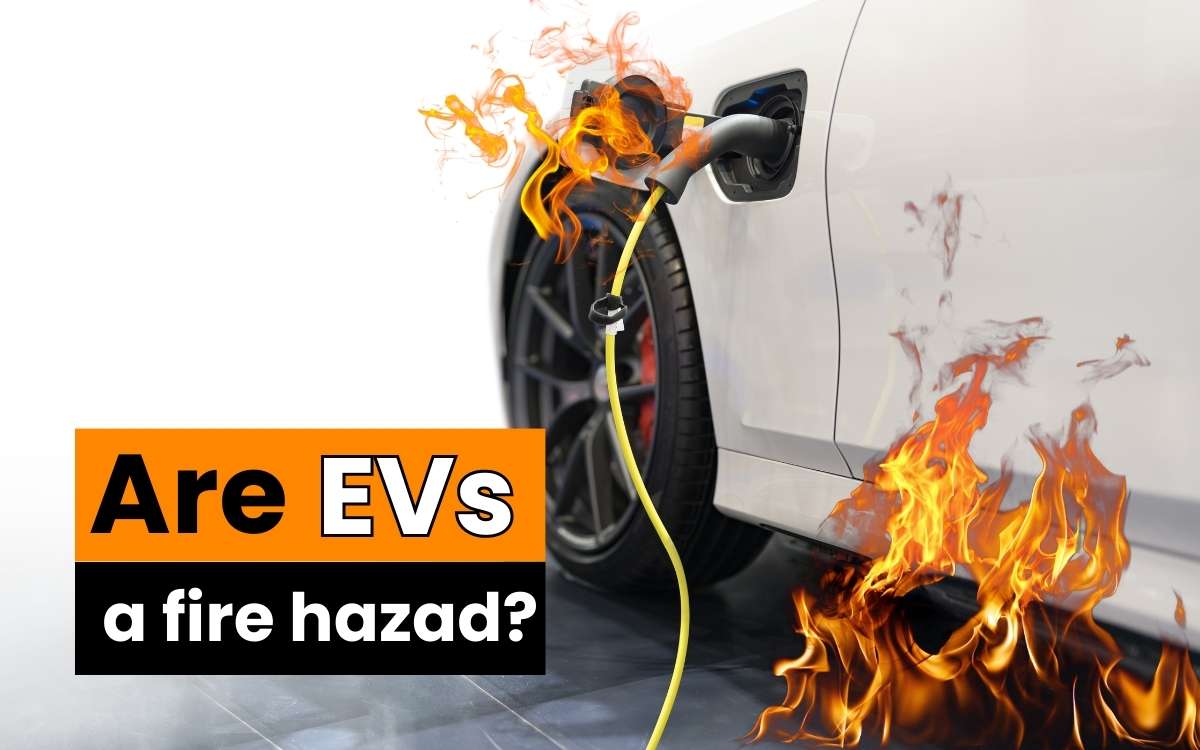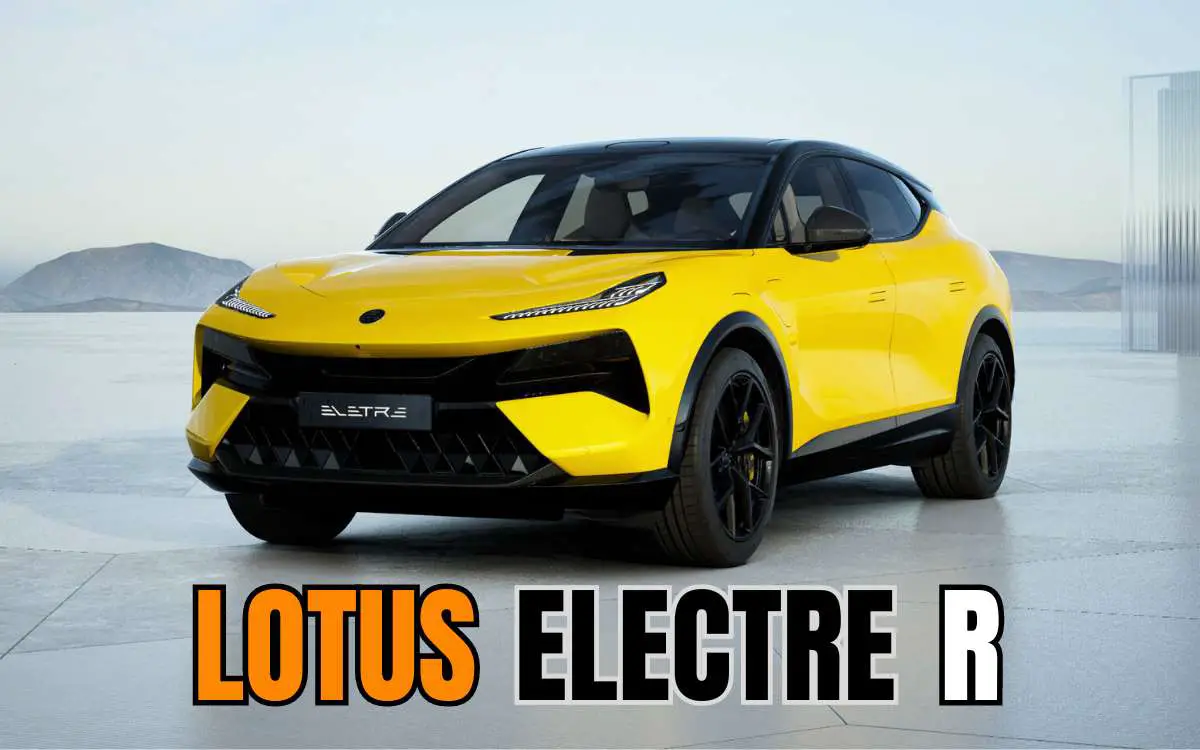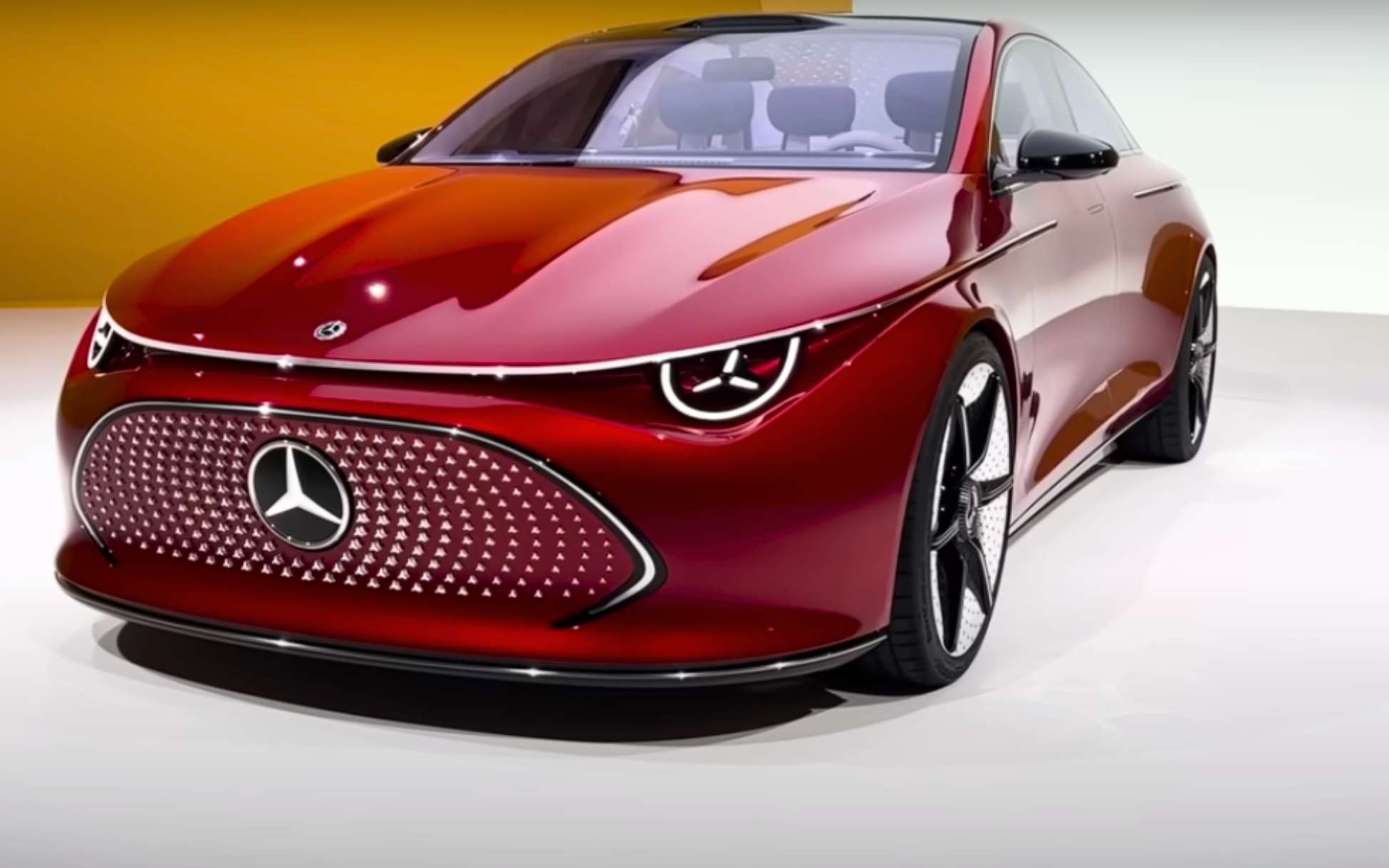Electric Vehicles (EVs) have gained significant attention as a cleaner alternative to traditional combustion-engine cars.
However, a recent incident involving an EV fire on board a ship has exposed a critical safety concern that demands our immediate attention.
So, let’s discuss the alarming facts behind EV fires, why they pose a looming disaster for society, and why it is urgent safeguards are needed to prevent potential catastrophic outcomes.
The EV Fire Hazard: A Spectacular Disaster Waiting to Happen
While EV fires are relatively rare occurrences, the consequences when they do happen can be catastrophic. The recent case of the Fremantle Highway, a ship that caught fire off the coast of the Netherlands, illustrates the potential dangers.
The intensity and prolonged duration of the fire were exacerbated by the presence of 500 EVs on board.
This incident highlights the collision of low probability and high consequences, demonstrating that the severity of the fire was unequivocally linked to the presence of EVs.
The Fiery Chemistry of EV Fires
The fiery plumes seen in EV fires are a result of the rapid decomposition of the battery’s electrolyte into fuel and oxygen gas, a process similar to how a blowtorch functions.
This process is called exothermic decomposition, where the battery becomes an enormous blowtorch with temperatures much hotter than those of a burning conventional car.
This phenomenon, known as thermal runaway, is essentially a DIY version of a controlled explosion.
Thermal runaway in EVs:
Thermal runaway is a chain reaction that can occur in lithium-ion batteries. It starts when the battery is exposed to heat, which causes the lithium ions to move more quickly.
This movement of lithium ions generates heat, which causes the battery to heat up even more.
The heat then causes the electrolyte to break down, which releases more heat. This positive feedback loop can cause the battery to reach temperatures of over 1,000 degrees Fahrenheit, which can cause the battery to catch fire.
When an EV battery catches fire, it releases toxic fumes, including hydrogen fluoride, chlorine, and sulfur dioxide. These fumes can be harmful to human health and the environment.
Comparing EV Fires to Other Explosive Events
To better understand the potential dangers of EV fires, we can draw parallels to other explosive events, such as a torpedo malfunction in a Soviet nuclear submarine.
In this incident, a gasket failure allowed fuel and oxidizer to mix, resulting in an uncontrollable explosion.
Similarly, an EV in thermal runaway injects its own oxygen gas into its fuel. It generates extreme heat and pressure, much like a torpedo explosion.
The comparison emphasizes the need for comprehensive safety measures to manage these risks effectively.
EVs Vs Gas Vehicles: Which is More Safer?
| Criteria | Electric Vehicle (EV) | Gasoline Vehicle |
| Emissions | Produces zero emissions when driving | Produces harmful emissions, including CO2, NOx, and particulate matter |
| Fire risk | EV fires are rare compared to Gasoline car fires. But, fire is less controllable and highly hazardous if batteries start burning. | Higher fire risk than EVs |
| Toxicity | Highly toxic fumes when burning | Toxic fumes when burning |
| Hazardous materials | Contains lithium-ion batteries, which can be hazardous if damaged | Contains gasoline, which is highly flammable and explosive |
| Disposal | Batteries can be recycled, but the process is not yet fully developed | Gasoline is a hazardous waste that must be disposed of properly |
So, as per the above facts, EVs have a lower tendency, relatively speaking, to catch fire. However, when they do decide to ignite, the aftermath can be quite significant.
EVs have a number of safety features that help to prevent fires, such as fire suppression systems and thermal runaway protection.
But, are these safety mechanisms sufficiently clear of fire hazards linked to EVs? The incidents reported seem to say a different story.
The Importance of Safeguards and Mitigation Strategies
Unlike gasoline, which is regulated and managed through well-established safety protocols, EVs lack comprehensive safeguards against potential hazards.
This raises concerns about the inadequate preparation for addressing EV fires.
It is required to have ways for proper containment, firefighting equipment, and evacuation plans to mitigate the risks associated with EV fires.
Urgent Action Required: Proactive Measures for EV Fire Hazard
- Comprehensive Safeguards: Establish comprehensive safeguards similar to those in place for gasoline-related hazards. It’s crucial to set clear safety protocols and regulations to effectively manage potential risks associated with EV fires.
- Proactive Planning and Design: Safety considerations should be integrated into the planning and design of EV charging infrastructure. We should avoid placing charging stations in basements and ensure that robust containment protocols are in place.
- Effective Firefighting Strategies: We need to develop better firefighting strategies tailored specifically to EV fires. Current approaches have limitations, and it’s essential to invest in specialized equipment and techniques to effectively handle thermal runaway incidents.
- Risk Management: Emphasize the importance of proactive risk management for EVs. Identifying and mitigating potential hazards linked to EV batteries, especially in confined spaces like shipping vessels or densely populated urban areas, should be a priority.
- Public Awareness and Education: Raising public awareness about the risks of EV fires and educating people about safety precautions is critical. We should provide information on how to respond to EV fires, including staying upwind and maintaining a safe distance.
- Stringent Regulations: Implementation of stringent regulations governing EV safety. We should ensure that the same level of rigor applied to gasoline-related hazards extends to EVs, covering safety measures throughout the entire lifecycle of these vehicles.
- Emergency Response Planning: Developing comprehensive emergency response plans specifically addressing EV fires is vital. We need to establish protocols for containing and managing EV fires in different settings, such as urban areas or enclosed spaces.
- Collaborative Efforts: Collaboration among regulators, policymakers, automotive manufacturers, and emergency response agencies is crucial. A multidisciplinary approach will help us collectively tackle the challenges posed by EV fires.
- Continuous Improvement: Ongoing research, development, and improvement in safety technologies related to EVs are paramount. We should continuously innovate fire suppression systems, battery design, and overall vehicle safety features.
- Balancing Environmental Benefits and Safety: While acknowledging the positive environmental impact of EVs, we need to stress the importance of balancing these benefits with safety considerations. Our approach should encompass both environmental sustainability and public safety.
Conclusion: Balancing Progress with Safety
The rise of EVs presents an opportunity for a cleaner and more sustainable future.
However, the recent incidents involving EV fires underscore the critical importance of ensuring comprehensive safety measures are in place.
The article emphasizes the need for a balanced approach that considers the benefits of EVs while prioritizing the safety of society.
As we navigate the transition to an electric future, it is imperative that regulators, manufacturers, and policymakers collaborate to implement the necessary safeguards and prevent potential disasters.
Remember, the choice to adopt EVs remains a personal decision, but the responsibility to ensure safety falls on all stakeholders.
You may also like:






Leave a Reply